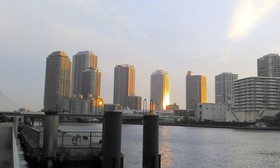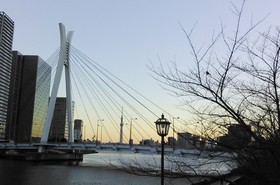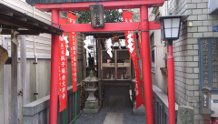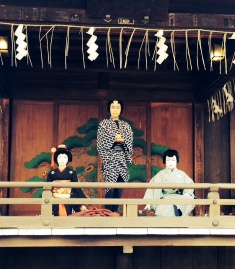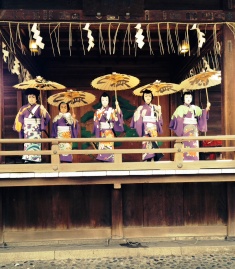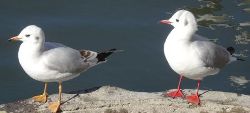■The first day festival is the festival of Inari Shrine held on the first afternoon of February. This year, February 11 was the first noon. The second afternoon festival is February twenty-third. During that time, I came to Inari in Ginza.
■Ginza 1-chome, Ko Inari Shrine
I was surprised that the location of the shrine had changed from before. Because it was located a little from Namiki-dori St., an information board was installed on Namiki-dori St.
■Ginza 3-chome Asahi Inari Shrine
This time, I also visited main hall on the roof of the Ohiro Asahi Building. During the shooting, there were two people visiting the worship hall on the first floor of the building.
■Ginza 3-chome, Hoju Inari Shrine
I was glad that there was a lantern that flourished during the Edo period (jiguchi: a folk proverb, slang, etc., with another word similar to the same sound or voice, expressing a different meaning). There were some people who came here too.
■Ginza 4-chome, Hodo Inari Shrine
The offer was supposed to be placed in the mailbox of the "Japanese syllabary" (pencil museum) on the opposite side of Inari if offertory box was not placed.
■Azuma Inari Shrine, Ginza 5-chome
The shrine is located in Miharakoji, where the atmosphere is good. There were some people who came here too.
■I photographed at the five Inari Shrines from noon on weekdays to about 2 o'clock. There were a total of four people visiting at the time of shooting. I was able to understand that Inari is rooted in the community. Above
